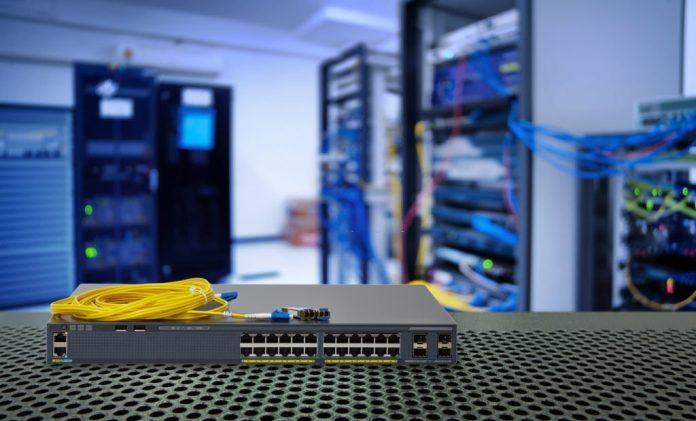In today’s world, where crime rates are increasing, security has become a major concern. As a family-oriented individual, ensuring the safety and security of your loved ones and creating a secure home environment is of utmost importance. One effective solution to achieve this is through the implementation of surveillance systems.
In this blog, we will explore the essential components and advantages of surveillance systems, as well as delve into their various applications.
Advantages of A Surveillance System
- Surveillance systems deter criminals and provide evidence for investigations.
- Surveillance systems help monitor access, detect threats, and respond quickly to maintain security.
- Surveillance systems enable real-time monitoring from any location with internet access.
- Surveillance systems provide critical information for effective emergency response.
- Surveillance systems optimise workflows, identify bottlenecks, and enhance productivity.
- Surveillance footage serves as valuable evidence in legal cases.
- Surveillance systems monitor traffic flow and enhance public safety in public spaces.
- Surveillance systems protect individuals from theft, violence, and accidents in retail and workplace settings.
- Advanced surveillance systems provide insights through video analytics and data analysis.
- Surveillance systems mitigate losses, reduce risks, and aid in risk management strategies.
Components of a Surveillance System
A surveillance system typically consists of several components that work together to monitor and capture information about a specific area or target. The specific components can vary depending on the purpose and scale of the surveillance system, but here are some common elements:
Cameras:
Cameras are the primary devices used for capturing visual information. They can be analogue or digital and come in various types, such as fixed cameras, pan-tilt-zoom (PTZ) cameras, or specialised cameras like thermal cameras for night vision.
Video Management System (VMS):
The VMS is responsible for controlling and managing the cameras in the surveillance system. It allows operators to view, record, and analyse the video feed from multiple cameras simultaneously. The VMS can also provide features like motion detection, video analytics, and event management.
Recording and Storage:
Surveillance systems often include devices for recording and storing video footage. This can be done using digital video recorders (DVRs), network video recorders (NVRs), or cloud-based storage solutions. The recordings are typically stored for a certain period for later retrieval and analysis.
Network Infrastructure:
A surveillance system may require a network infrastructure switch to connect the cameras, VMS, and other components. This can include Ethernet cables, switches, routers, and firewalls to ensure the smooth transmission of video data. You can also use a TP-link powerline adapter to connect different cameras without cables.
Power Supply:
Cameras and other surveillance equipment require power to operate. Depending on the setup, power can be provided through conventional electrical wiring or through Poe Network Switch, where both data and power are transmitted over the same Ethernet cable.
Monitors and Displays:
Monitors or display screens are used to view live video feeds and playback recorded footage. They can be large screens in a control room or smaller screens placed in various locations for real-time monitoring.
Alarms and Alerts:
Surveillance systems may be equipped with sensors and alarms to detect specific events or breaches. These can include motion sensors, door/window sensors, or intrusion detection systems. When triggered, they can send alerts to security personnel or activate other response mechanisms.
Networking and Remote Access:
Modern surveillance systems often allow for remote access, enabling authorised users to monitor the video feed from any location with an internet connection. This can be useful for security personnel, managers, or law enforcement agencies who need to access the system from off-site.
Analytics and Software:
Advanced surveillance systems can include video analytics software to automate processes like object detection, facial recognition, license plate recognition, or behaviour analysis. These tools enhance the system’s capabilities and provide additional insights from the captured video data.
Backup and Redundancy:
To ensure data integrity and system availability, surveillance systems may incorporate backup mechanisms and redundancy features. This can include redundant storage, backup power supplies, or failover systems to minimise downtime in case of equipment failure.
Diverse Applications of Surveillance Systems
- Public Safety and Law Enforcement
- Retail and Commercial Security
- Industrial and Workplace Monitoring
- Traffic Monitoring and Management
- Critical Infrastructure Protection
- Campus and Educational Security
- Healthcare Facilities
- Residential Security
- Transportation and Logistics
- Government and Law Enforcement Intelligence
